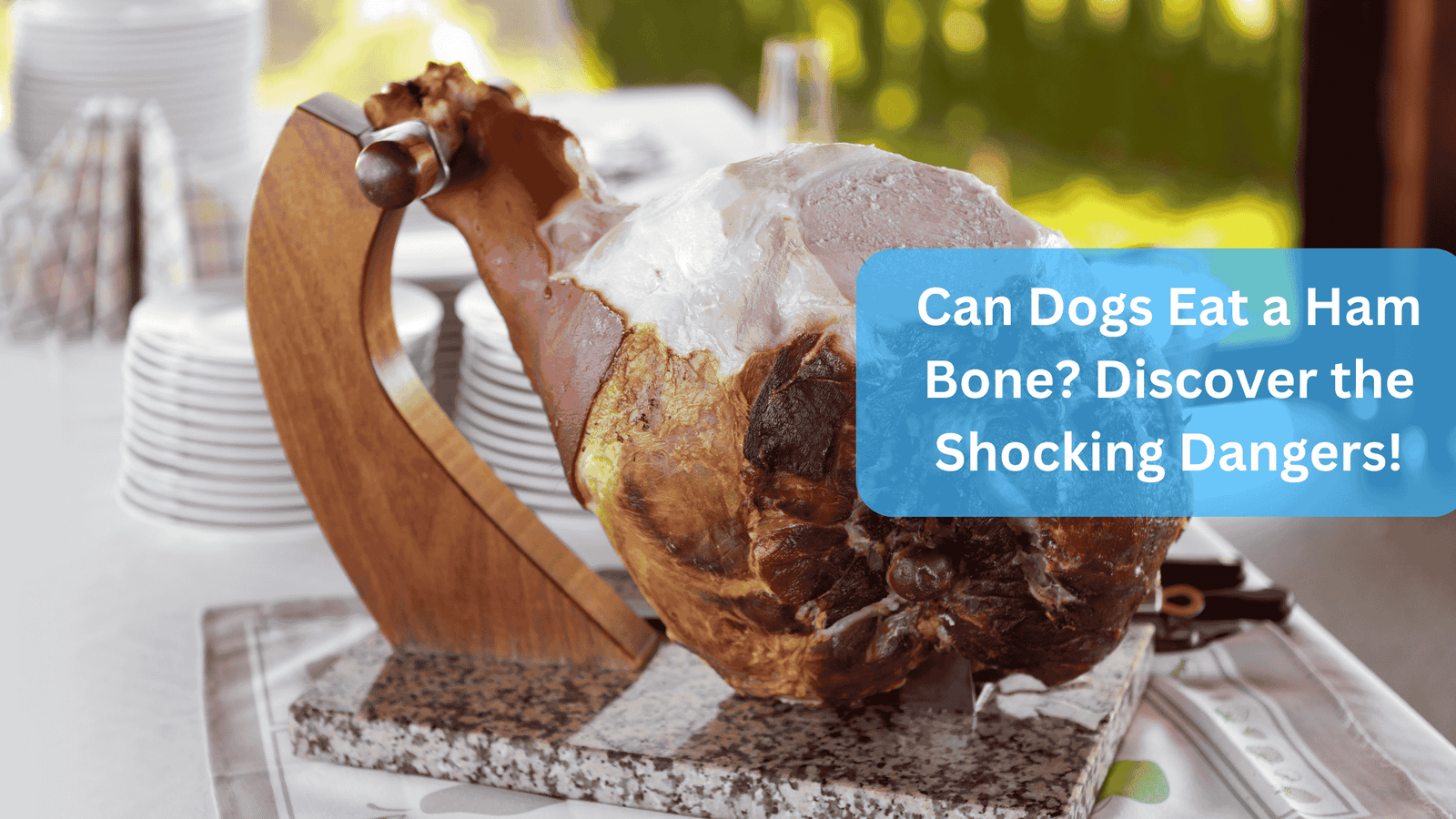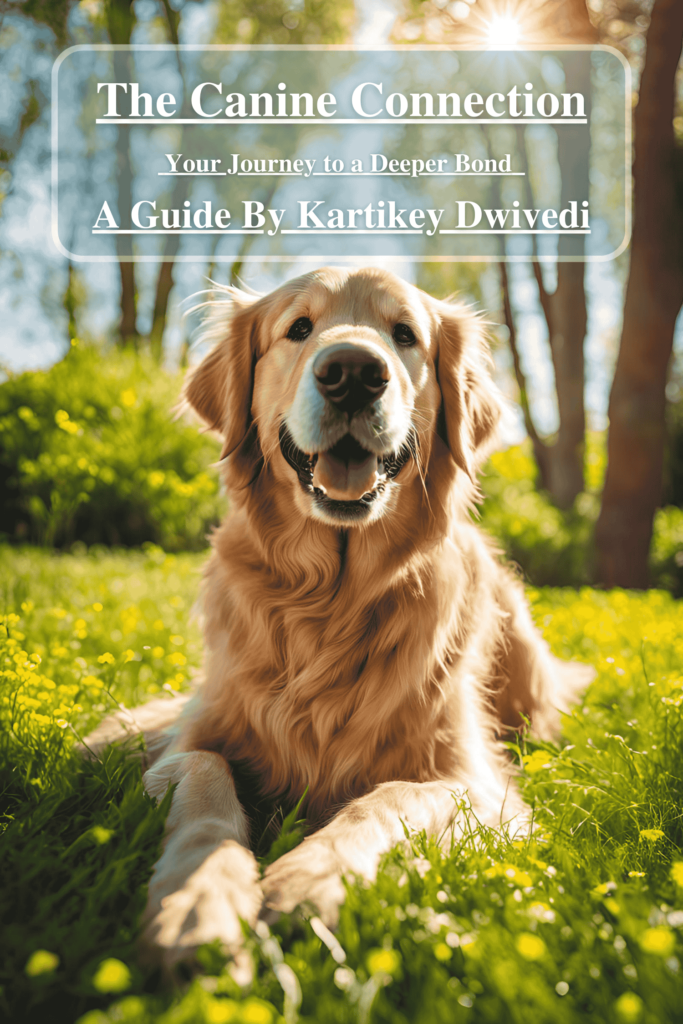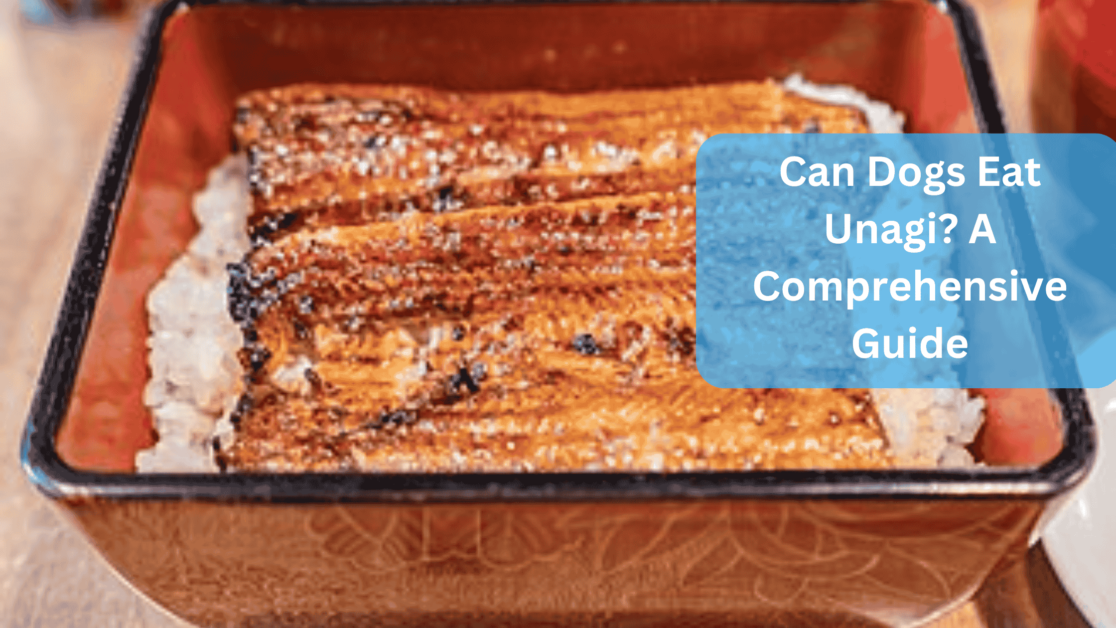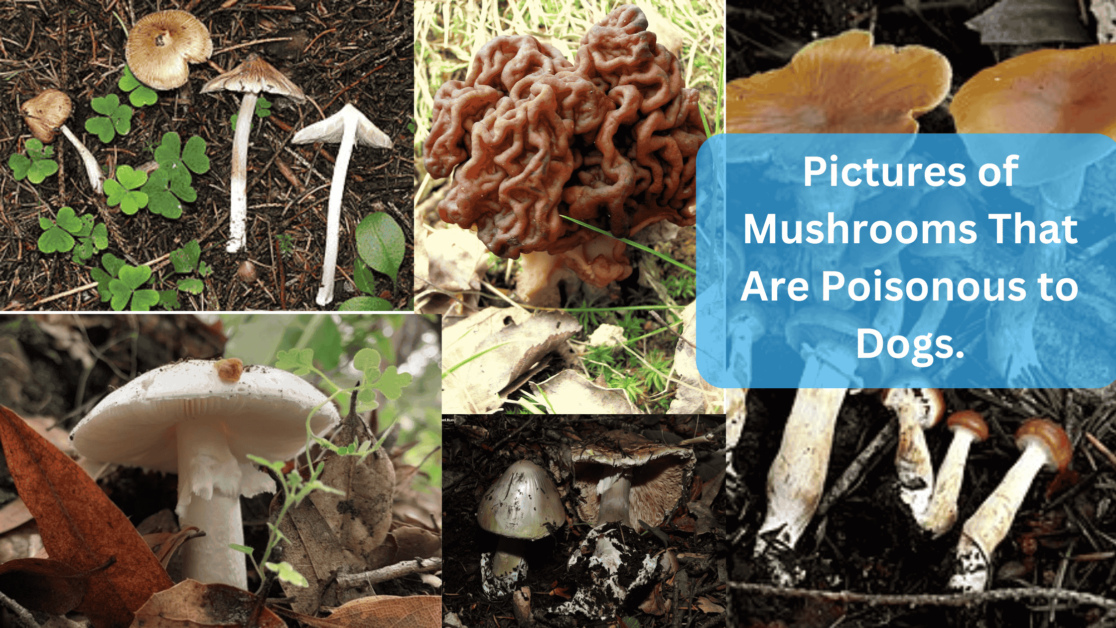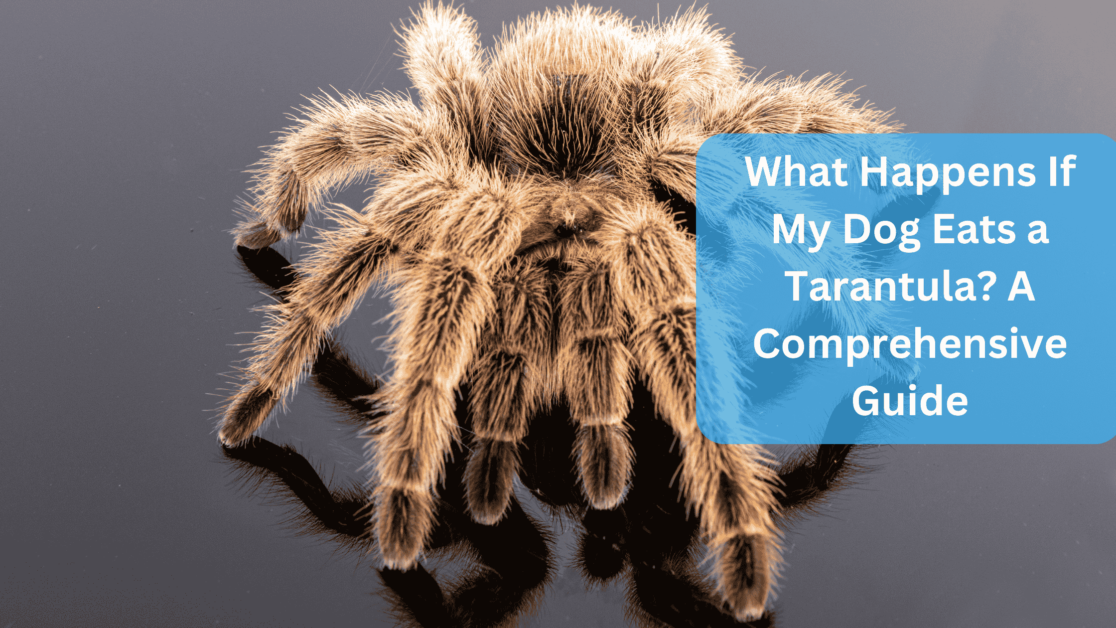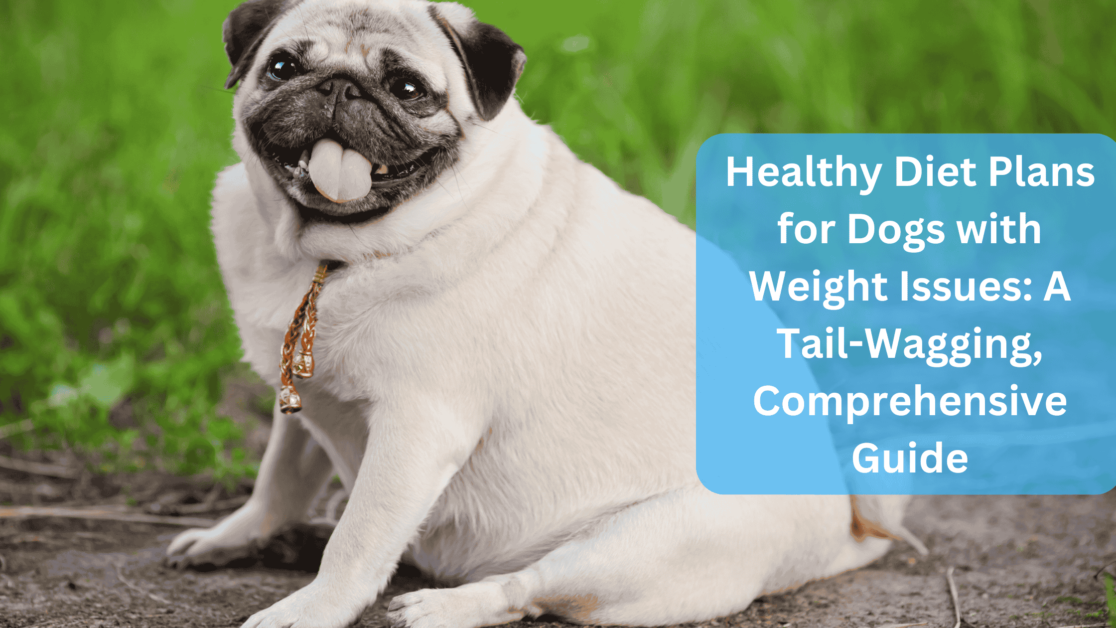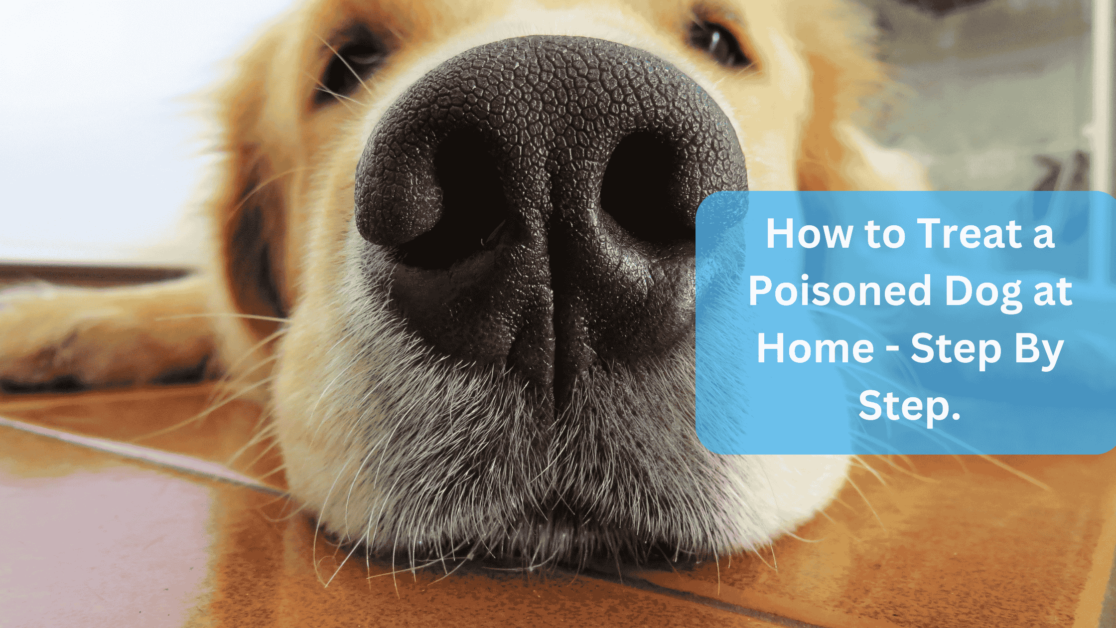As a loving pet parent, you might wonder, can dogs eat a ham bone? While it might seem like a tasty treat for your furry friend, it’s essential to understand the potential risks involved. This guide will break down the facts, providing you with reliable information to keep your dog safe and healthy.
The Appeal of Ham Bones
For many, the holidays are synonymous with delicious ham dinners. The delightful aroma of a glazed ham fresh from the oven can make your mouth water—and it may make your dog’s tail wag furiously! 🐶 It’s tempting to want to share that joy with your canine companion. However, let’s delve into whether sharing a ham bone is truly safe.
The Risks of Feeding Your Dog a Ham Bone
Feeding your dog a ham bone may seem like a good idea, but it comes with various health risks. Here’s what you need to know:
1. Choking Hazards
One of the primary risks associated with ham bones is the potential for choking. If the bone splinters, sharp fragments can get lodged in your dog’s throat or digestive tract. This can lead to severe pain and distress for your pet.
2. Digestive Issues
Cooked bones, including ham bones, can cause significant digestive problems. They can splinter and cause blockages or tears in the intestines. These injuries may require emergency surgery, which can be costly and traumatic for both you and your dog.
3. Nutritional Imbalance
Ham can be high in sodium and unhealthy fats. Regular consumption can lead to obesity, pancreatitis, and other health issues. Dogs thrive on a balanced diet, and indulging them with high-fat foods like ham can throw their nutrition out of whack.
4. Bone Splintering
Cooked ham bones can splinter easily, leading to sharp shards that can cut your dog’s mouth, throat, or intestines. This can result in severe injury or even be fatal if not addressed quickly.
Signs to Watch For
If your dog does get a hold of a ham bone, it’s imperative to monitor them closely. Here are some signs that your dog might be experiencing distress after consuming a bone:
- Choking: Look for signs such as gagging, coughing, or difficulty breathing. If your dog is pawing at their mouth or seems distressed, this could indicate a choking hazard.
- Lethargy: If your dog is unusually quiet or inactive after eating the bone, it could be a sign of discomfort.
- Vomiting: Frequent vomit, especially if it’s mixed with blood or appears abnormal, is a red flag.
- Abdominal Pain: If your dog exhibits signs of pain, such as whining, panting, or changes in posture, this may indicate internal issues.
If you notice any of these signs, seek veterinary advice immediately.
What to Do If Your Dog Eats a Ham Bone?
Don’t panic if your dog manages to grab a ham bone. Here are steps you can take:
- Assess the Situation: Determine how much of the bone your dog has eaten and whether it was raw or cooked. If it was cooked, take precautions as described above.
- Monitor Symptoms: Keep an eye out for any symptoms of distress as outlined.
- Contact Your Vet: If your dog shows any signs of choking or digestive problems, contact your veterinarian for guidance. They may recommend bringing your dog in for an examination.
Safer Alternatives to Ham Bones for Dogs
Instead of ham bones, consider these alternatives that are safer and healthier for your dog:
1. Raw Bones
Raw bones can be a safer option, as they are less likely to splinter. Choose large, meaty bones that your dog can gnaw on, such as beef femurs or lamb shanks. Always supervise your dog while they’re enjoying a raw bone to prevent choking hazards.
2. Commercial Dog Chews
There are many vet-approved dog chews available that are designed to be safe and enjoyable for your pet. These chews come in various types, such as bully sticks, dental chews, and rawhide alternatives.
3. Fruits and Vegetables
Many dogs enjoy fruits and veggies as treats! Here are some safe options:
- Apples: Remove seeds and cores before sharing. They are crunchy and packed with vitamins.
- Carrots: A low-calorie snack that can help clean your dog’s teeth.
- Pumpkin: Cooked pumpkin can be soothing for your dog’s digestive tract. Make sure it’s plain and free of additives.
4. Stuffed Toys
Stuffed toys that you can fill with peanut butter or other dog-safe ingredients can keep your dog entertained and satisfied without the risks associated with bones.
The Right Way to Offer Chews and Bones
When it comes to providing treats, certain guidelines should be followed to ensure your dog remains safe and healthy:
1. Size Matters
Choose treats that are appropriate for your dog’s size. A small dog should not be offered large bones that could pose a choking hazard or that they might have difficulty handling.
2. Supervise Your Dog
Always supervise your dog when they are enjoying a chew or bone. This allows you to intervene if any problems occur.
3. Limit Time with Chews
Don’t let your dog chew on bones or treats for extended periods. This can lead to aggressive chewing, which can increase the risk of breakage or splintering.
4. Regular Vet Visits
Regular check-ups will help you monitor your dog’s overall health. Your vet can provide advice on the best treats and chews to fit your dog’s specific needs.
Frequently Asked Questions (FAQs)
Can dogs eat raw ham bones?
Raw bones are generally safer than cooked ones due to their lower risk of splintering. However, always ensure they are large enough to prevent choking.
What about ham hocks or ham shanks?
Like ham bones, ham hocks and shanks also pose similar risks and should be avoided. If you want to give your dog a bone, opt for raw or specifically designed dog chews.
What if my dog loves the taste of ham?
If your dog enjoys ham, you can give them small amounts as a rare treat. Just ensure it’s unseasoned, without additives, and only in moderation.
How do I know if my dog has eaten too much fat?
Signs of excessive fat consumption can include vomiting, diarrhea, and signs of lethargy. If you notice any of these symptoms, consult your veterinarian.
Also Read: Can Dogs Eat Pear? Best Guide
Also Read: How to Prevent IVDD in Dogs: A Comprehensive Guide
Conclusion: Can Dogs Eat a Ham Bone?
In conclusion, can dogs eat a ham bone? It’s best to avoid it altogether. While it may seem tempting to share your holiday dinner leftovers, providing your dog with safer alternatives is crucial for their health and well-being.
Sources:
- The American Kennel Club
- ASPCA’s Animal Poison Control
- PetMD: What’s Safe and Not Safe for Dogs to Eat
